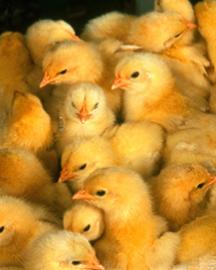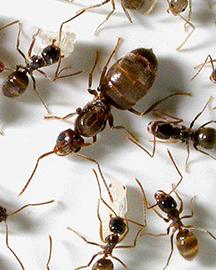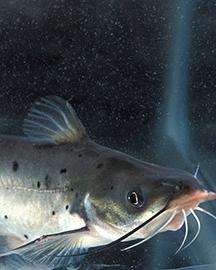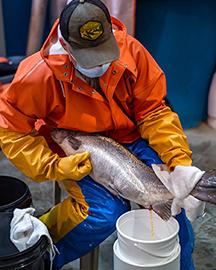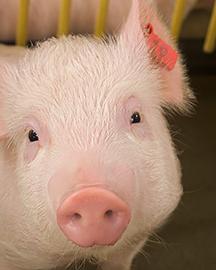Improved Computer Modeling Can Help Predict Future Outbreaks
Viruses must enter a cell to replicate and cause infection. Once inside the cell, a race begins between the host’s immunity and infection. For coronaviruses, a spike protein on the viral surface is responsible for receptor binding and cell entry. Studies show that SARS-CoV-2 — the virus that leads to Covid-19 — uses an enzyme called “ACE2” as the primary receptor for cell attachment.
ARS researchers at the National Animal Disease Center in Ames, IA, used computer modeling to predict the limited potential of livestock transmission of SARS-CoV-2 and whether there were evolutionary changes in the genetic sequence of ACE2 receptors in domestic animals, including dogs, pigs, cattle, and goats, that may restrict SARS-CoV-2 infections. Computer modeling can not only help predict the susceptibility of livestock and other animals to SARS-CoV-2, but other viruses as well. Human and animal health organizations can use these findings to better predict and prepare for disease outbreaks.




